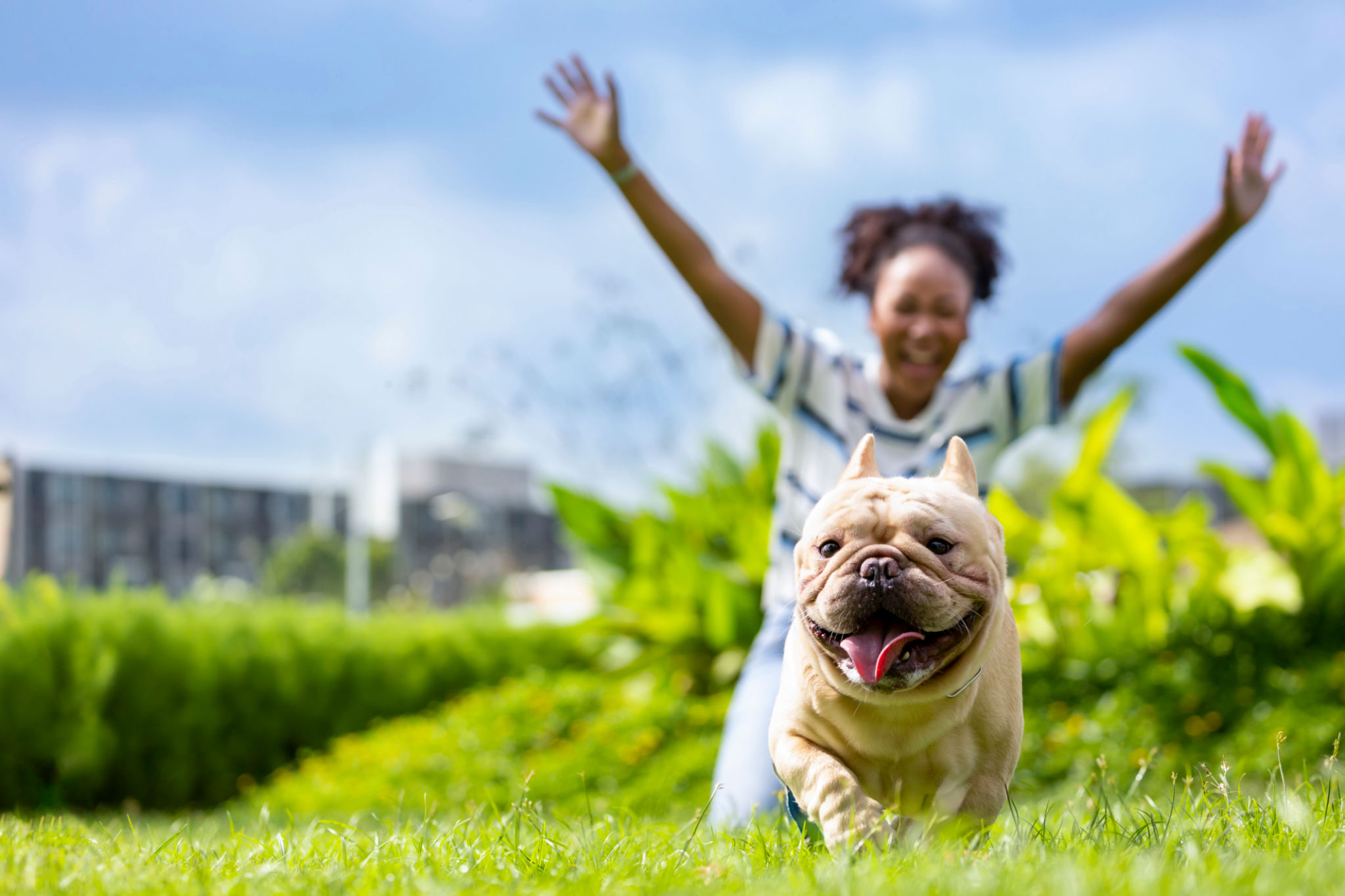Common Dog Walking Mistakes and How to Avoid Them
The Importance of Proper Dog Walking
Walking your dog is more than just a routine activity; it's an essential part of their physical and mental well-being. However, there are several common mistakes that many dog owners make during these walks. Understanding and avoiding these errors can significantly improve the quality of your dog's walks—making them safer and more enjoyable.
One of the most common mistakes is not planning the walk. Without proper planning, you might find yourself in an environment that's not suitable for your dog, such as a crowded street or a hot pavement, which can lead to stress and discomfort for your furry friend.

Choosing the Right Equipment
The equipment you choose for walking your dog can make a huge difference. Many pet owners opt for retractable leashes, which can pose safety hazards. These leashes can extend too far, giving your dog too much freedom to run into dangerous situations, or become tangled, leading to potential injuries.
Instead, opt for a standard leash that gives you more control. Pair this with a comfortable harness, which is often better than a collar as it reduces the risk of choking or neck injuries. Make sure the harness fits properly—snug but not too tight—and is comfortable for your dog to wear.
Understanding Your Dog's Pace
Another mistake is not considering your dog's pace. Dogs have different energy levels and physical capabilities, so it's crucial to match your walking speed with what your dog can handle. Walking too fast or dragging your dog along can cause unnecessary stress and even physical harm.

Observe your dog's signals. If they seem tired or are lagging behind, take a break or slow down. Conversely, if your dog has a lot of energy, consider incorporating short bursts of play or jogging to keep them engaged and happy.
Avoiding Distractions
A distracted walk can be less enjoyable and even dangerous. Common distractions include using your phone or not paying attention to your surroundings. This lack of focus can lead to hazardous situations, such as not noticing approaching vehicles or other dogs.
Stay alert and engaged with your dog during the walk. This not only ensures their safety but also strengthens the bond between you and your pet. Engage with them by talking, offering treats, or practicing commands to keep their attention focused on you.

Proper Socialization
Lastly, socialization is a crucial aspect of dog walking that is often overlooked. Some owners avoid letting their dogs interact with other animals or people due to fear of negative encounters. However, proper socialization can help prevent behavioral issues and make walks more enjoyable for both you and your dog.
Introduce your dog to new experiences gradually. Allow them to meet other friendly dogs and people in controlled settings. Be mindful of their body language and intervene if they appear uncomfortable or overwhelmed.
Conclusion: Making Walks Enjoyable and Safe
Avoiding these common mistakes can make a significant difference in the quality of your dog's walks. By choosing the right equipment, understanding your dog's pace, staying focused, and encouraging socialization, you can ensure that every walk is a positive experience for both you and your furry companion.
Remember, walking is not just exercise; it's an opportunity for bonding and exploring the world together. Make each walk count!